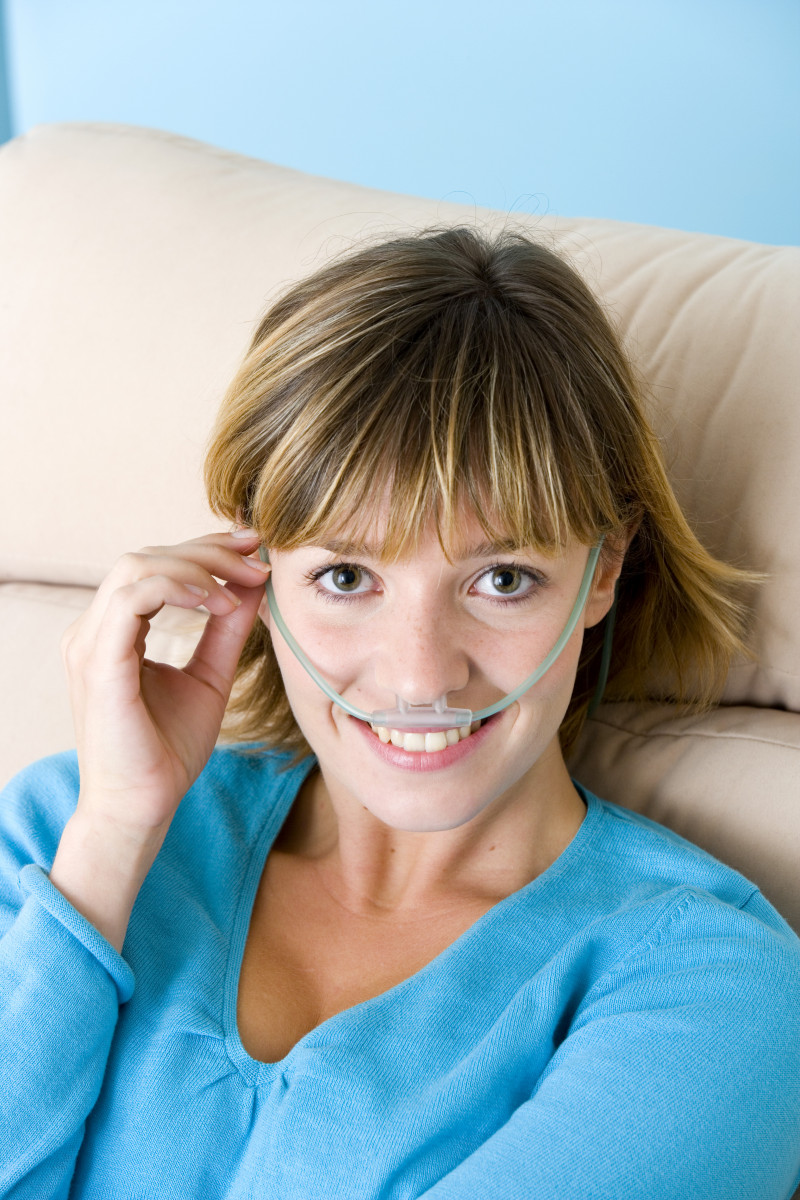Supplemental Oxygen Use Has Positive Effects in PAH Patients, Study Shows

Supplemental oxygen use is associated with improved survival in a subpopulation of patients with pulmonary arterial hypertension (PAH), a study has found.
Current guidelines that recommend oxygen supplementation therapy for PAH patients are based on early data that showed the benefits of long-term oxygen therapy in patients with chronic obstructive pulmonary disease (COPD). However, some studies have now found that the use of supplemental oxygen therapy in COPD does not improve disease outcomes, as previously thought. As a result, the use of supplemental oxygen in PAH has become a controversial issue.
In this study, “Use of supplemental oxygen in patients with pulmonary arterial hypertension in REVEAL,” published in The Journal of Heart and Lung Transplantation, researchers aimed to determine if supplemental oxygen therapy has a positive effect on PAH patients based on real-world data. According to the team, the study is the largest of its kind in Group 1 PAH patients.
Researchers used data from the observational study REVEAL (NCT00370214), which enrolled 3,515 PAH patients who were followed for up to five years to evaluate early and long-term PAH disease management. Data from patients who were 18 years or older at the time of enrollment were assessed.
A total of 3,046 patients were included in the analysis, most of whom were women and of white ethnicity. Patients were grouped into those who used supplemental oxygen and those who did not. The effects of oxygen use on clinical characteristics were then assessed, using the REVEAL risk score, which is based on standard clinical assessment tests for PAH patients.
Patients were also grouped based on their reduced diffusing capacity of lung carbon monoxide (DLCO) status. DLCO is used as a general measure of lung disease severity and is associated with an increased risk of death in PAH patients.
Of the 3,046 patients analyzed, 57% used oxygen. Among oxygen users, 71% reported continuous use, 24% reported night-only use, 4% activity-only use, and 1% reported other uses.
In total, 76% of patients with a severe reduction in DLCO used oxygen. Oxygen use was associated with a higher likelihood of survival in patients with a severe DLCO reduction.
Researchers concluded that “supplemental oxygen use was associated with improved survival in patients with Group 1 PAH with severe DLCO reduction,” suggesting that “a randomized trial should be conducted to assess the impact of supplemental oxygen therapy in patients with PAH according to DLCO status. Data from such a trial will be needed to inform practice patterns and treatment guidelines.”







